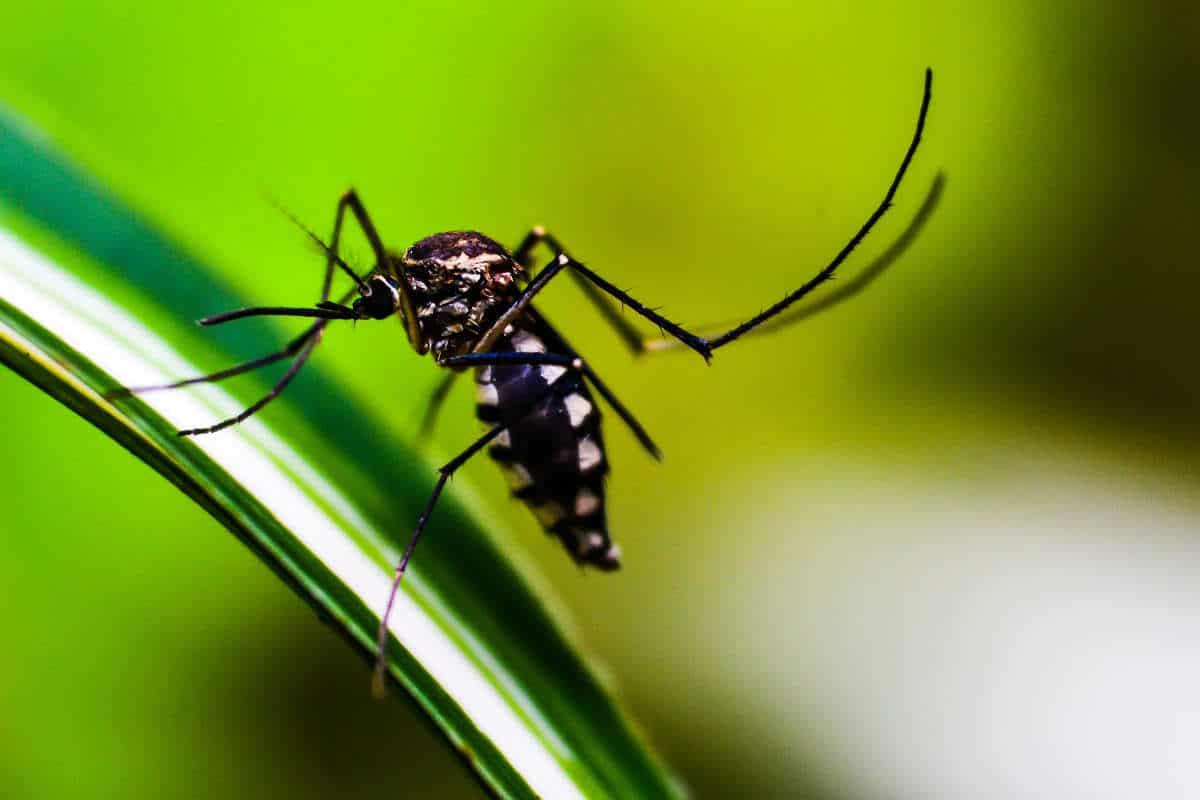
Despite the fact that the number of malaria deaths in 2020 was high, it could have been much worse.
Malaria (an infectious disease caused by the parasite Plasmodium falciparum, which can be transmitted to humans by mosquitoes) is among the world’s oldest and deadliest diseases. The infectious disease still claims millions of lives every year. Due to the corona pandemic, many experts feared that the number of malaria deaths in 2020 could be particularly high. It now appears that corona has indeed played into the hands of malaria. However, the dreaded doomsday scenario does not materialise.
The numbers
New data from the World Health Organization (WHO) show that many malaria patients have not been treated due to the corona crisis. This has led to a clear increase in the number of (death) cases. According to the latest WHO report, an estimated 241 million people will contract malaria in 2020. 627,000 people died worldwide from it. That means that about 14 million more people contracted the infectious disease in 2020 compared to 2019. It also led to 69,000 more deaths. About two-thirds of these additional deaths (47,000) could be associated with disruptions in the prevention, diagnosis and treatment of malaria during the pandemic.
Worse
However, the situation could have been much worse. In the early days of the pandemic, the WHO had predicted that – due to severe service disruptions – the number of malaria deaths in Sub-Saharan Africa could possibly double by 2020. Although it now appears that corona has indeed played into the hands of malaria, this dreaded doomsday scenario has been averted. “Thanks to the hard work of public health authorities in malaria-affected countries, the worst predictions have not come true,” said WHO director-general Tedros Adhanom Ghebreyesus. “Now we must use that same energy and dedication to reverse the setbacks caused by the pandemic and accelerate the pace of progress against this disease.”
To land
In recent decades, several efforts have resulted in major advances being made in the fight against malaria. Unfortunately, that global progress in the fight against malaria has stalled in recent years. For example, the number of people who contract and die from malaria has increased in at least 24 countries since 2015. In the 11 countries most affected by malaria, the number of cases rose from 150 million in 2015 to 163 million in 2020. The number of deaths rose from 390,000 to 444,600 over the same period.
Malaria in particular claims many victims in Sub-Saharan Africa. This region was responsible for about 95 percent of all malaria cases and 96 percent of all deaths in 2020. Malaria is also one of the leading causes of infant mortality in sub-Saharan Africa. About 80 percent of deaths in the region are among children under the age of 5. At the same time, some other countries made gains against malaria during the pandemic. For example, China and El Salvador were certified as malaria-free by the WHO in 2021.
It means that before the COVID-19 pandemic hit, global gains against malaria had already leveled off. During the pandemic, African countries have done everything they can to keep the infectious disease under control. “While African countries rose to the challenge and averted the worst predictions of the impact of COVID-19, the pandemic’s knock-on effect is still translating into thousands of lives lost to malaria,” said Matshidiso Moeti, WHO regional director. for Africa. “African governments and their partners need to step up their efforts so that we don’t lose further ground to this preventable disease.”
Action
Investigators say urgent action is needed. To get back on track, WHO recognizes the need to ensure better and fairer access to all health services; including malaria prevention, diagnosis and treatment. This requires strengthening primary care and increasing both domestic and international investment. In addition, the roll-out of a new malaria vaccine is a priority. Last October, the WHO approved for the first time a malaria vaccine, which is mainly intended for young children in countries where malaria is prevalent.
Reducing
Ultimately, the goal is to completely eradicate malaria. The WHO aims to reduce the disease and the number of related deaths by as much as 90 percent by 2030. However, this requires new approaches, new tools and better implementation of existing ones, they acknowledge. Sufficient money is also required. According to the report, current investment (estimated at $3.3 billion in 2020) will need to triple to $10.3 billion a year by 2030.
While there is still a long way to go, scientists believe that with the right tools and strategies, malaria could be eradicated within a generation. It is a fairly ambitious plan, but certainly not unfeasible. If the measures are successfully implemented, the world could be completely malaria-free by 2050 – or perhaps even earlier.
Source material:
“More malaria cases and deaths in 2020 linked to COVID-19 disruptions” – WHO
Image at the top of this article: shammiknr via Pixabay